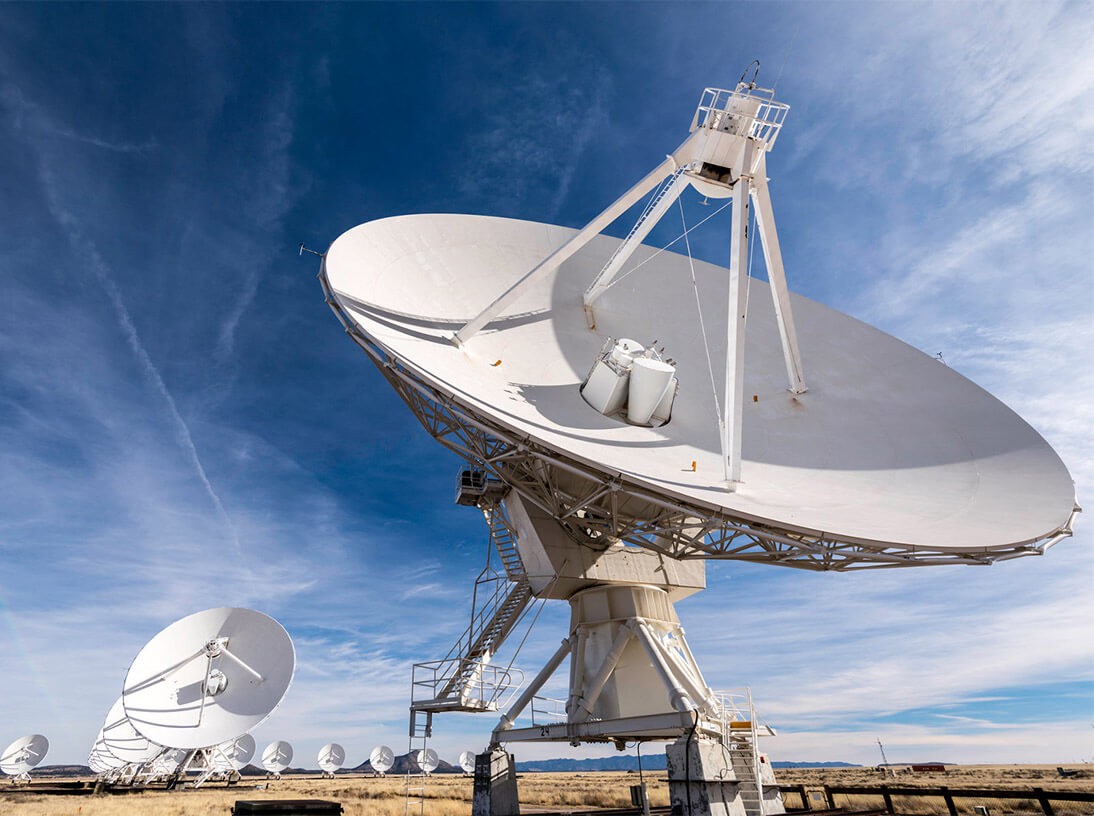Have you ever wondered how rotating systems maintain reliable signal transmission without interruption? The answer lies in an essential component known as an antenna slip ring. In this article, we will delve into the world of antenna slip rings, exploring their purpose, functionality, and the crucial role they play in ensuring seamless signal transmission in rotating systems. Join us as we uncover the key aspects of this technology and its applications across various industries.
Answering the Questions
To understand the concept of an antenna slip ring, let’s break it down into the following sections:
Introduction to Antenna Slip Rings: An antenna slip ring, also known as a rotary joint or rotating electrical connector, is a specialized device that enables the transmission of signals, data, and power across rotating interfaces. It serves as a bridge between stationary and rotating components, allowing for continuous rotation while maintaining uninterrupted signal integrity.
Functionality and Components: Antenna slip rings consist of multiple concentric rings or channels that facilitate the transmission of signals and power. These rings are mounted on a rotating shaft and connected to stationary contacts, ensuring electrical connectivity throughout the rotation. The slip rings are designed to minimize signal loss, electrical noise, and impedance variations, thereby enabling high-quality signal transmission.
Applications in Various Industries: Antenna slip rings find application in numerous industries where rotational systems require continuous signal transmission. They are widely used in radar systems, satellite communication, wind turbines, robotic arms, surveillance systems, and other applications that involve rotating antennas or sensor arrays. By employing antenna slip rings, these industries can maintain reliable and uninterrupted signal reception and transmission, regardless of rotation.
Benefits of Antenna Slip Rings: The use of antenna slip rings offers several advantages. They ensure continuous signal transmission without interference or signal degradation, enabling accurate data collection and communication. Antenna slip rings also enhance system reliability, as they eliminate the need for trailing cables or slip ring assemblies that could be prone to wear and damage. Additionally, they provide a compact and efficient solution for rotational systems with limited installation space.
Conclusion
In conclusion, an antenna slip ring is a crucial component that enables seamless signal transmission in rotating systems. By facilitating continuous rotation while maintaining uninterrupted signal integrity, antenna slip rings play a vital role in various industries, including communications, wind energy, and robotics. Their functionality, reliability, and compact design make them an invaluable solution for maintaining efficient signal transmission in rotating applications.
We hope this article has provided valuable insights into the world of antenna slip rings. If you have any further questions or would like to share your experiences, please feel free to leave a comment below. Embrace the power of antenna slip rings to ensure seamless signal transmission in your rotating systems.
Frequently Asked Questions
Q1: Can an Antenna Slip Ring Transmit Different Types of Signals Simultaneously?
A1: Yes, antenna slip rings are designed to transmit various types of signals simultaneously, including RF signals, Ethernet, video, and power.
Q2: Are Antenna Slip Rings Suitable for High-Frequency Applications?
A2: Absolutely! Antenna slip rings are designed to handle high-frequency signals, making them suitable for applications that require the transmission of high-frequency signals, such as radar systems and satellite communications.
Q3: Can an Antenna Slip Ring Be Customized for Specific Applications?
A3: Yes, many manufacturers offer customization options for antenna slip rings. You can work with them to tailor the slip ring’s specifications, such as the number of channels, frequency range, and signal compatibility, to meet your specific application requirements.
Q4: How Do I Install an Antenna Slip Ring?
A4: Installing an antenna slip ring typically involves mounting it securely on the rotating structure and connecting the stationary and rotating components. It is important to follow the manufacturer’s instructions and, if needed, consult with professionals to ensure proper installation and optimal performance.
Q5: What Maintenance Is Required for an Antenna Slip Ring?
A5: Antenna slip rings are generally designed for long-term, maintenance-free operation. However, regular inspections to ensure cleanliness and functionality are recommended. If any issues arise, it is advisable to contact the manufacturer or seek professional assistance.
Q6: Where Can I Find Antenna Slip Rings?
A6: Antenna slip rings are available from various suppliers and manufacturers specializing in slip ring technology. You can explore online platforms, industrial equipment suppliers, or contact slip ring manufacturers directly to find a wide range of options suitable for your specific needs.
Remember, when it comes to maintaining uninterrupted signal transmission in rotating systems, an antenna slip ring is a vital component. Its role in bridging the gap between stationary and rotating components, while ensuring reliable signal integrity, cannot be overstated. By leveraging the benefits of antenna slip rings, industries can achieve seamless communication, accurate data collection, and reliable performance in their rotating applications.
Unlock the potential of your rotating systems with the power of antenna slip rings and experience uninterrupted signal transmission like never before.
See What We Can Do

